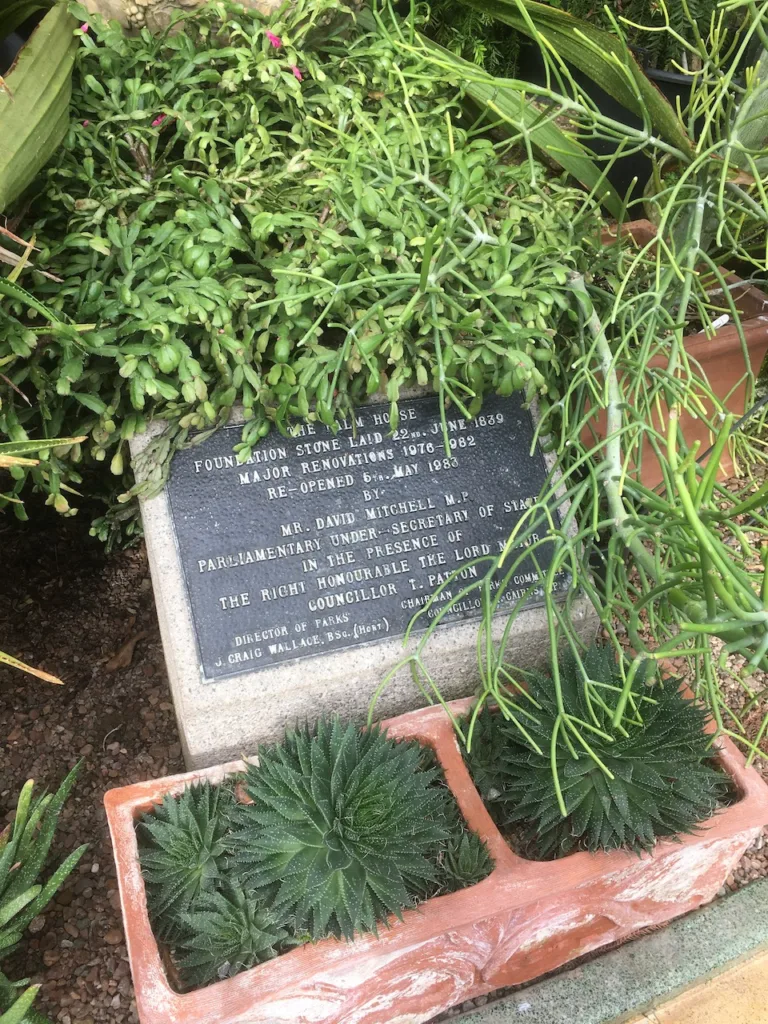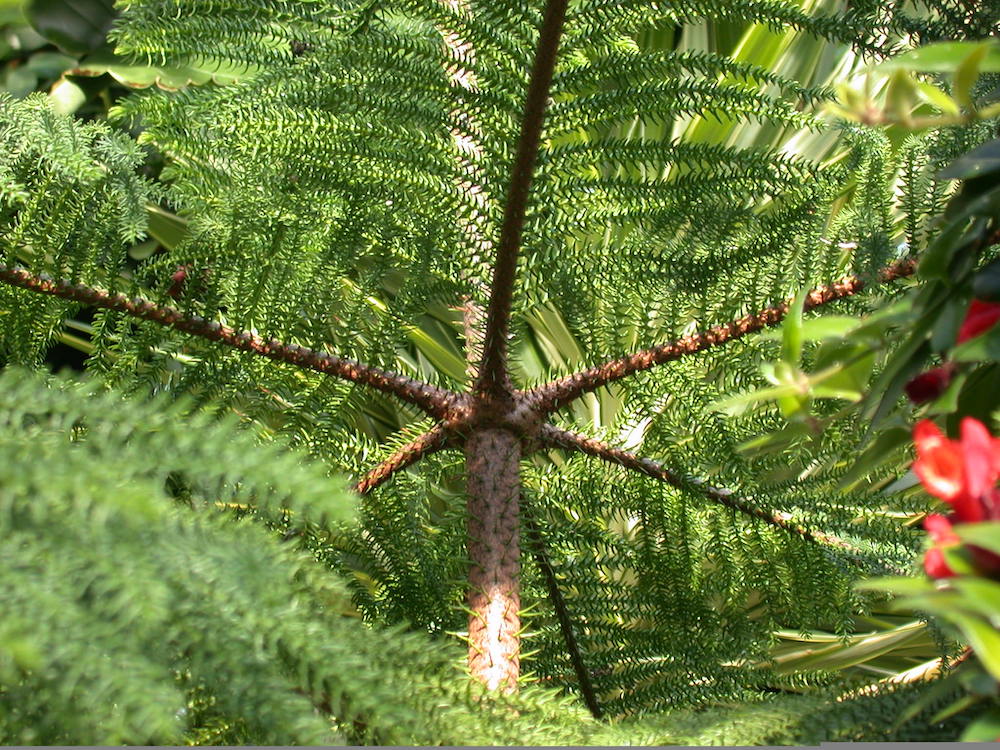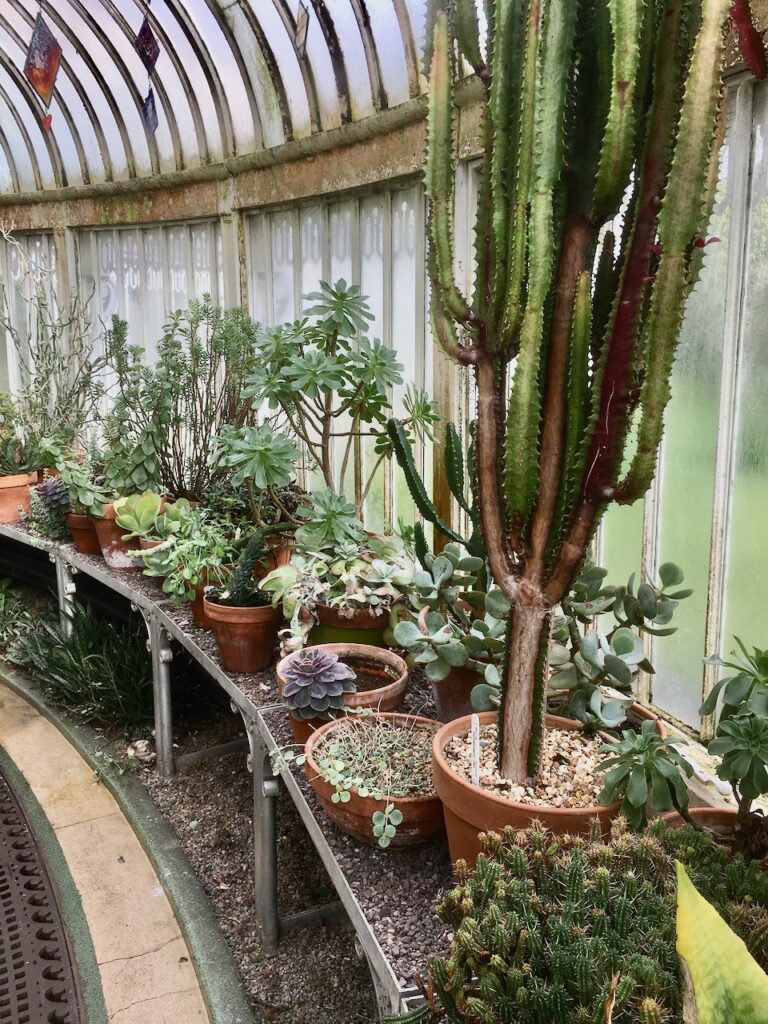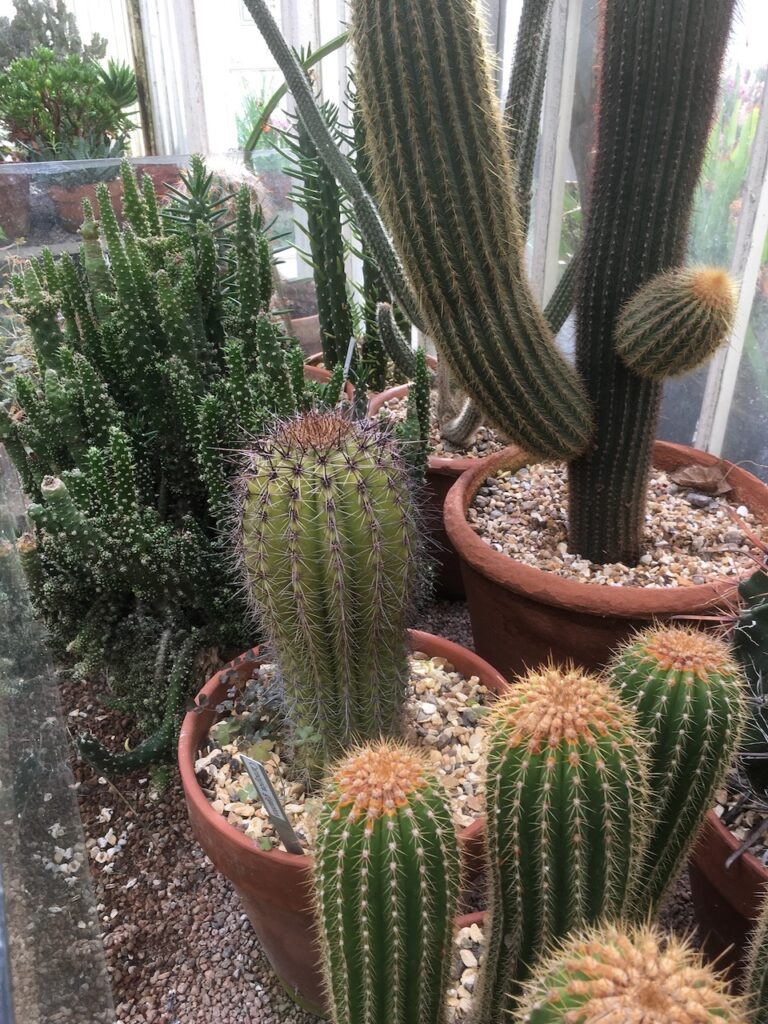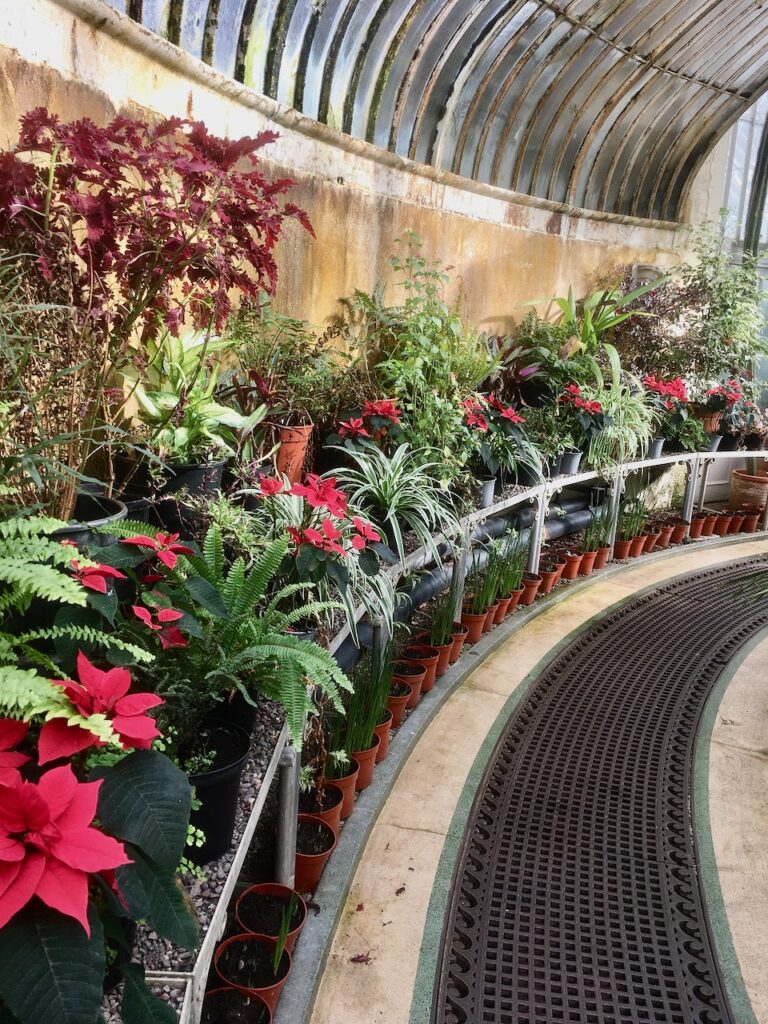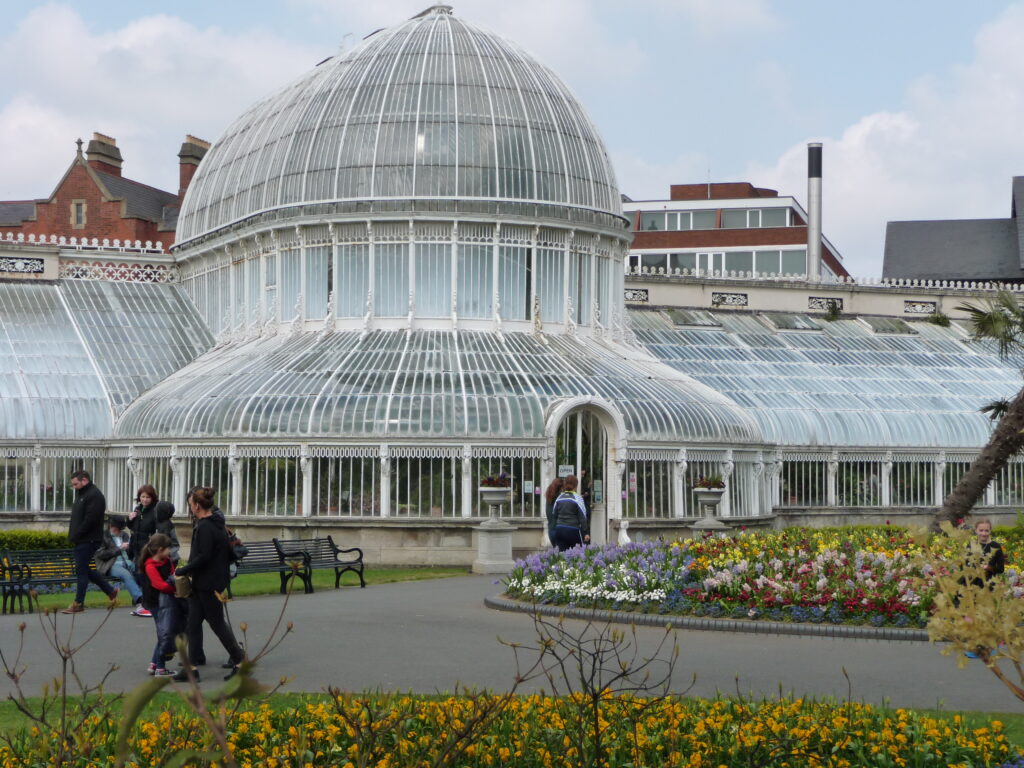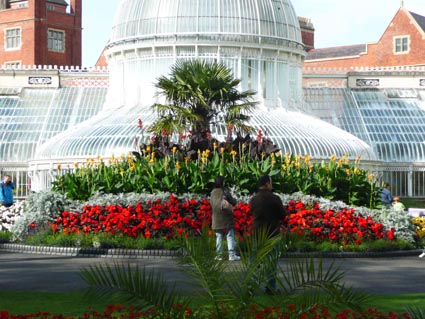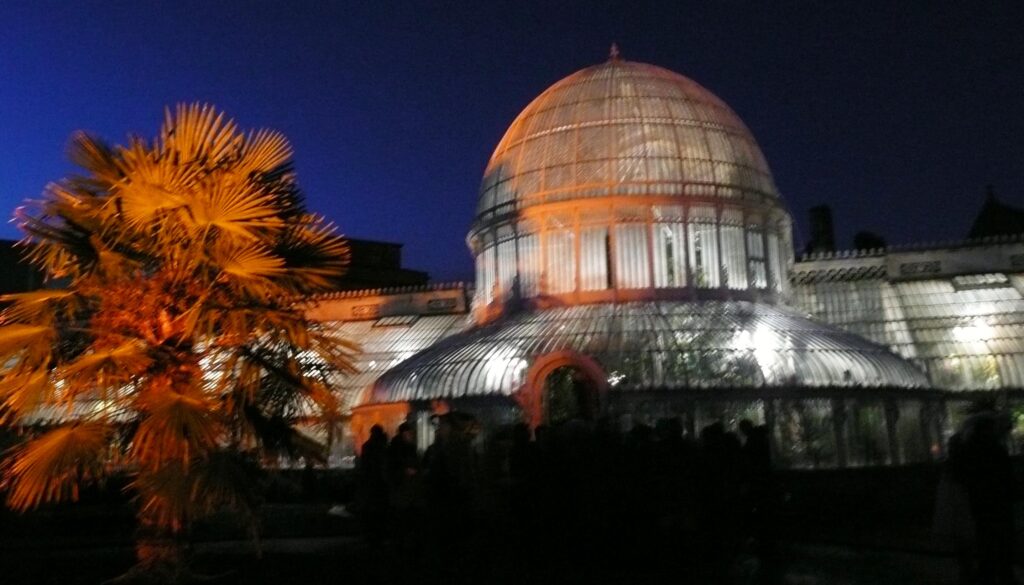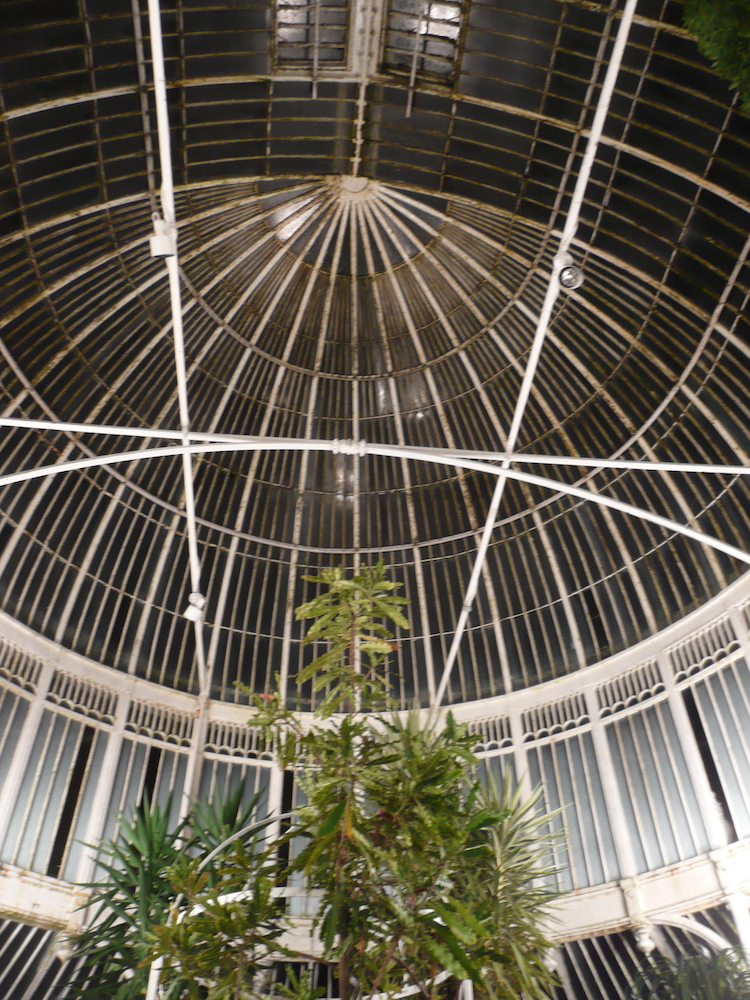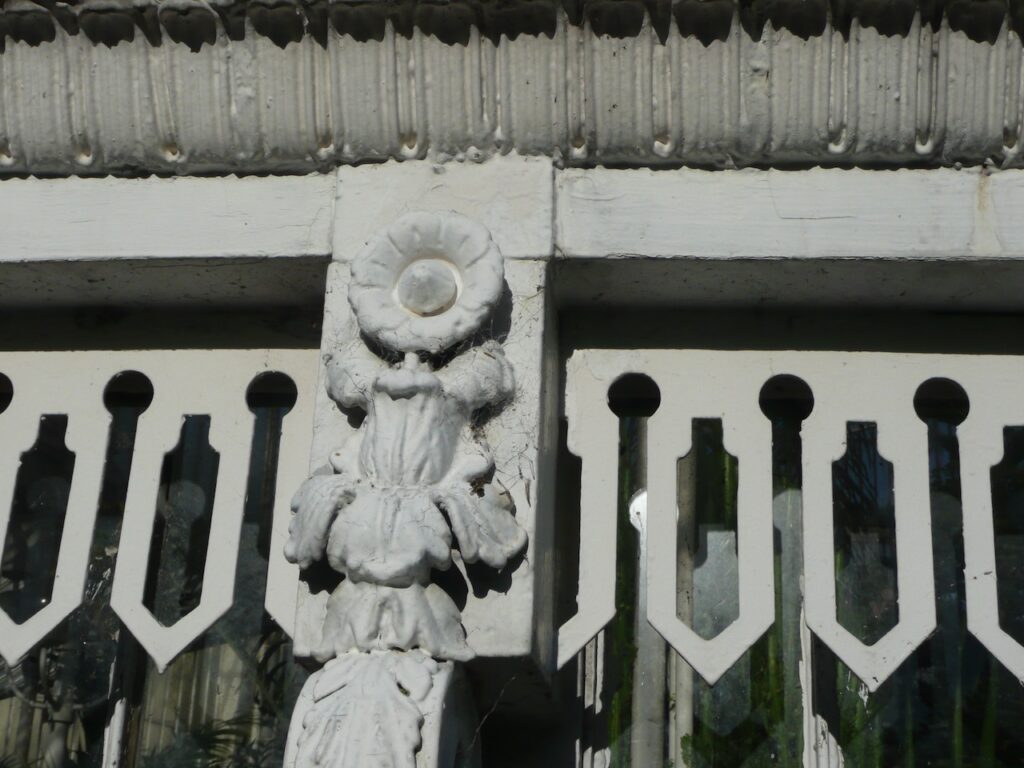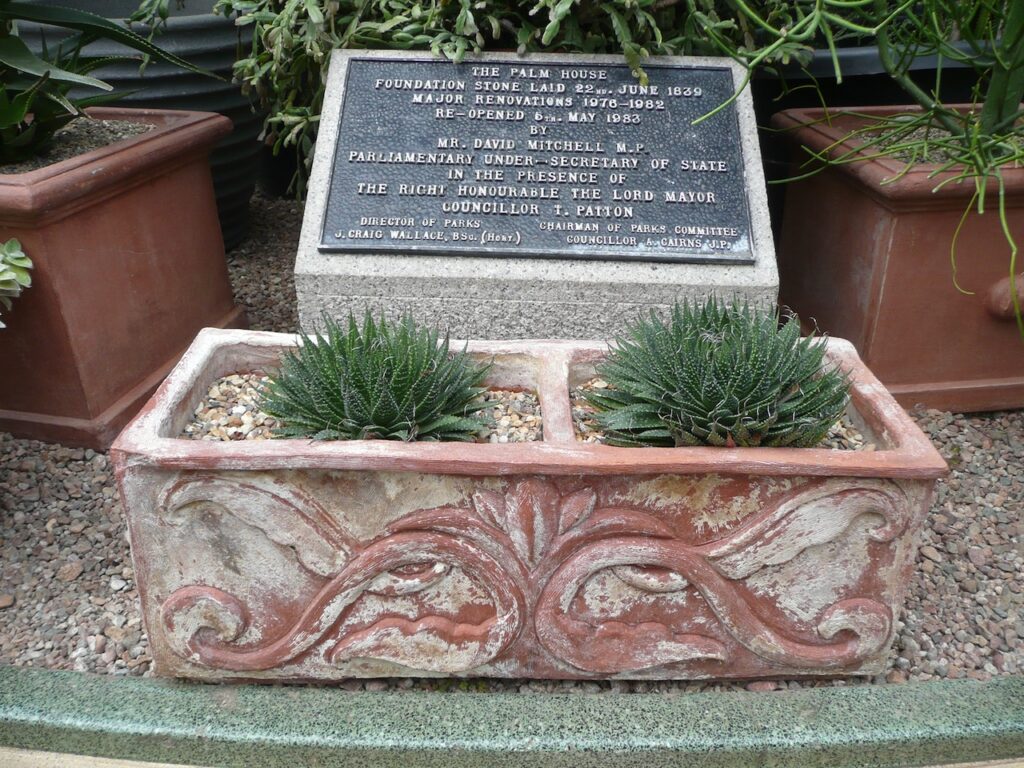Palm House
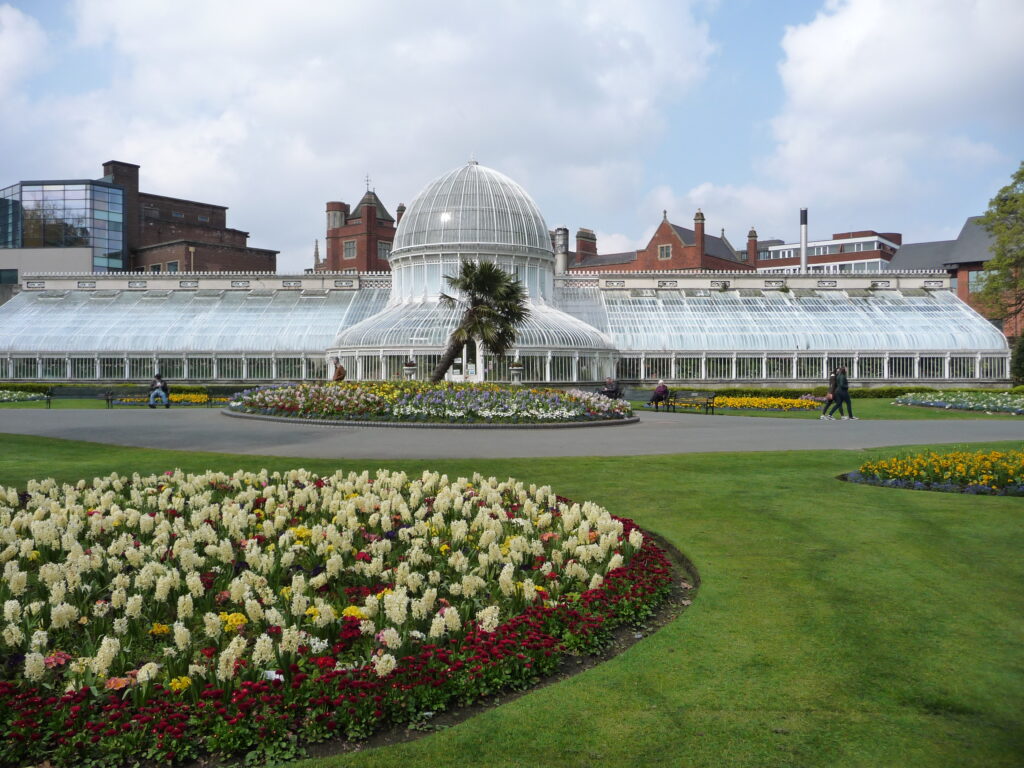
The Palm House, a famous landmark of Belfast, has stood serenely within the Botanic Gardens for many decades and will remain so for many years to come, as a reminder of Victorian times in Belfast. The Palm House was designed by the noted architect Charles Lanyon and is one of the earliest and most exquisite examples of a curvilinear glass and cast iron glass house.
Credit must be given to the Belfast Botanic and Horticultural Society for initiating the building of such a house, long before any existed at Dublin’s Glasnevin Gardens or London’s Kew Gardens. The foundation stone was laid in 1839 and the two wings completed the following year at a cost of £1,400. The 49ft high elliptical dome was not added until 1852.
The Palm House provides excellent facilities for plants that would not be able to exist outdoors. The Dome of the Palm House is a sub-tropical area and is covered from floor to ceiling with a vast array of magnificent plants. To make the optimal use of space, plants are aligned on benches, along the floor, climbers up along the walls and even hanging baskets overhead.
The cool and temperate west wing of the Palm House often contains a cascade of orchids in a magnificent array of colour. The benches within this wing can be edged with Baccopa, a beautiful white trailing plant. The real showstopper in this wing has got to be the marvellously fragrant Rhododendron fragrantissimum.
The east wing, or stove section, contains tropical plants of both botanic and economic interest. This highly humid area of the Palm House, which is also partially shaded, contains a wide array of eye-catching plants. As you enter the door you are welcomed by a radiant Peace Lily, Spathyphyllum. Various Codium or ‘Joseph’s Coat’ are exhibited in this wing alongside heavily scented Gardenia.
Over the years the tropical plant collection in the Palm House has been kept at a consistently high standard. For example, in 1861, in his “Guide to Belfast”, McComb writes that “the conservatories are magnificent, extensive and richly stocked, and in them are many of the rarest specimens to be found in any collection in the United Kingdom“.
The Palm House is in three sections: a cool wing, the central dome and a tropical wing. These allow a wide range of plants from around the world to be displayed.
Cool Wing
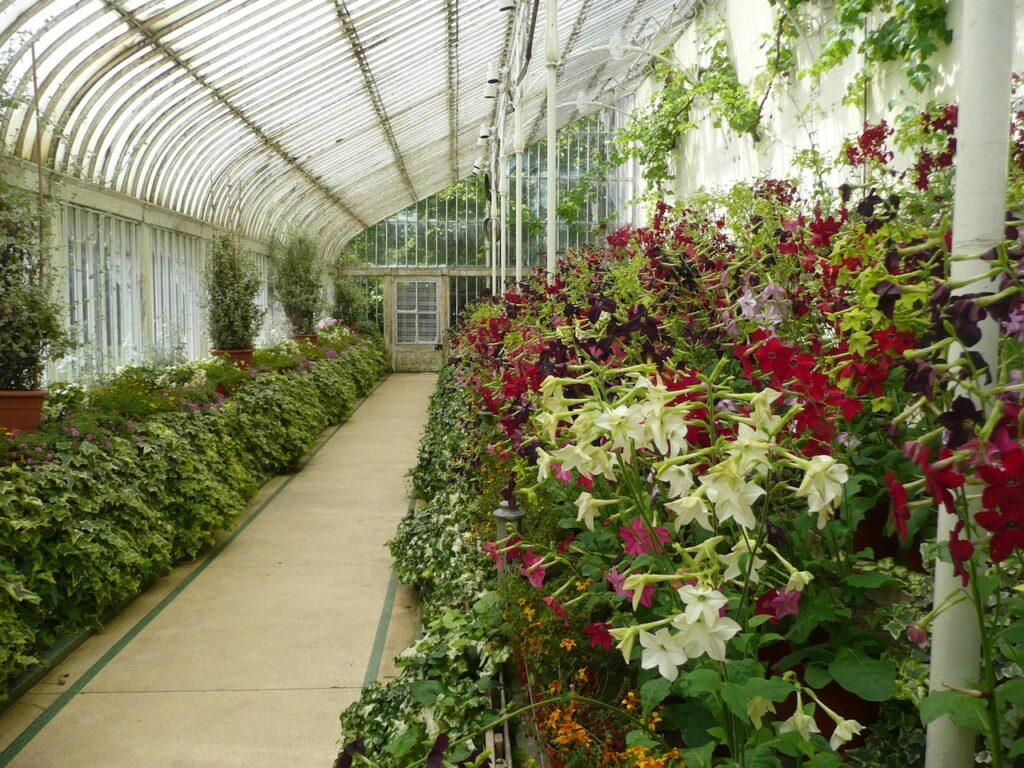
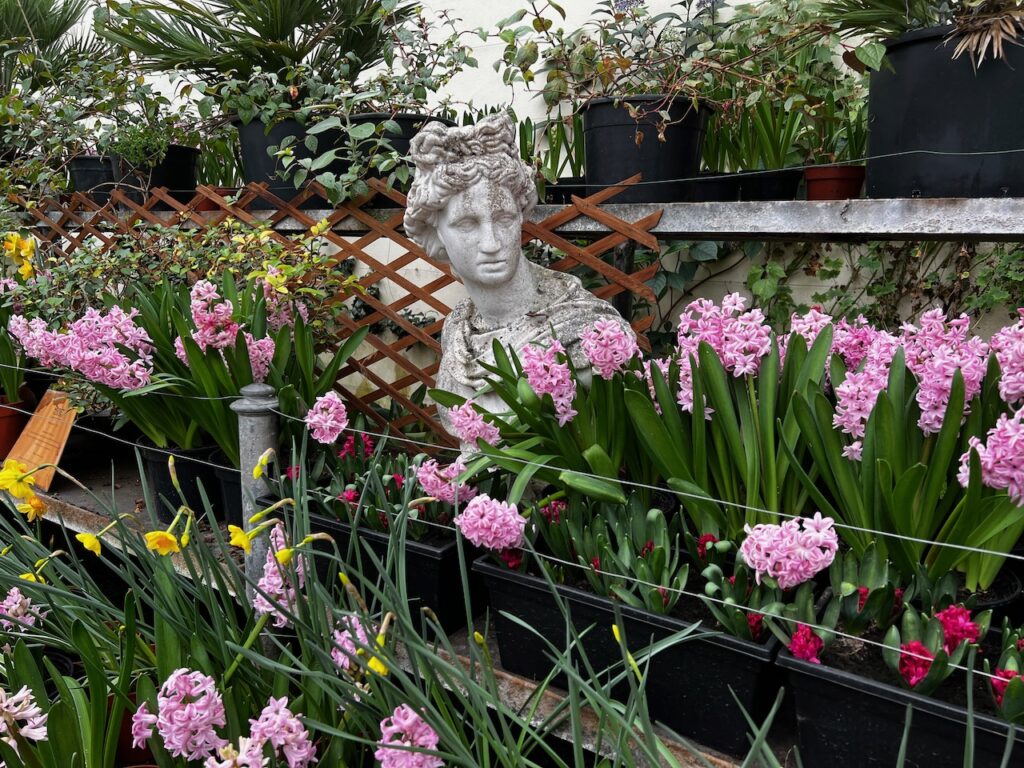
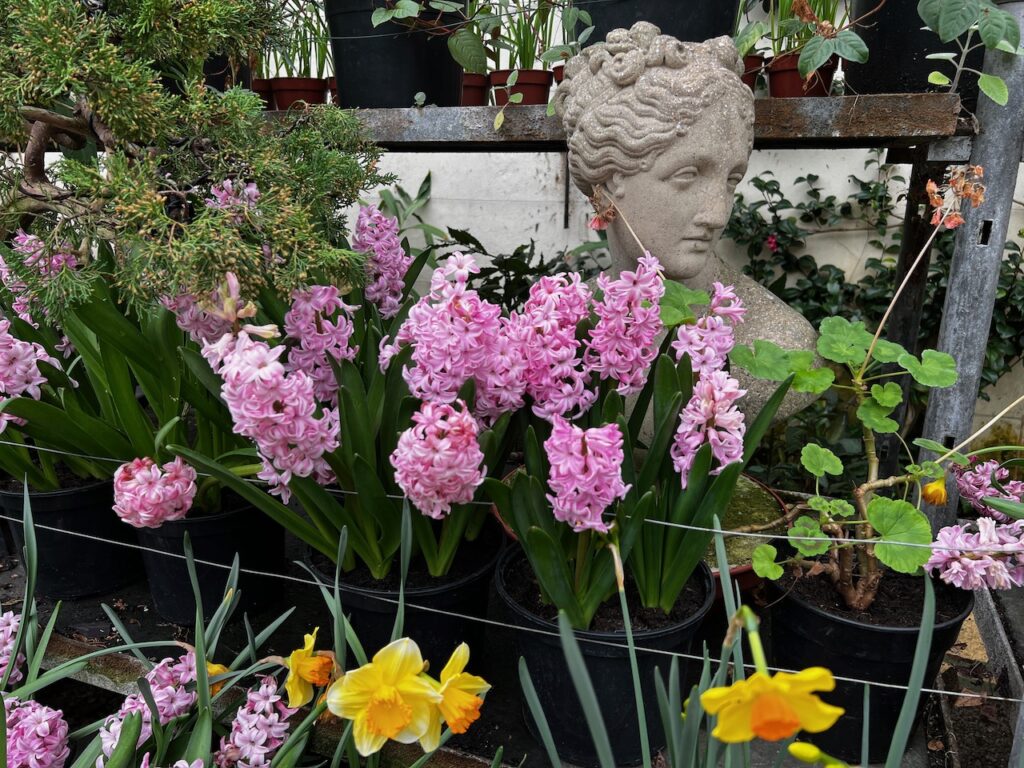
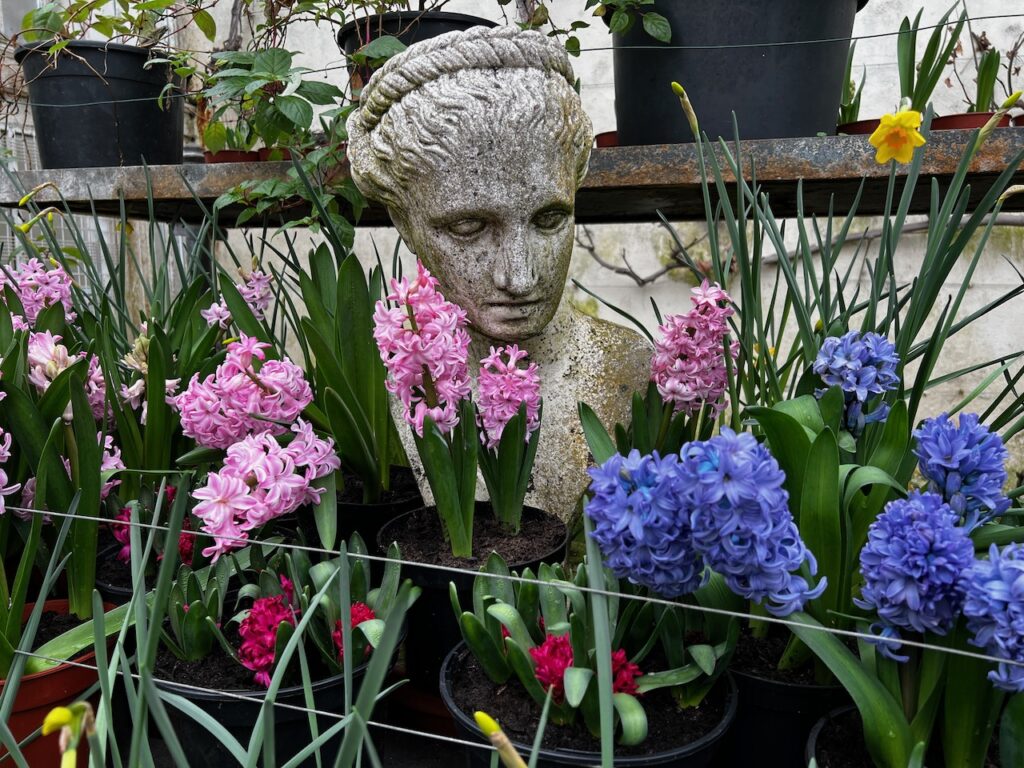
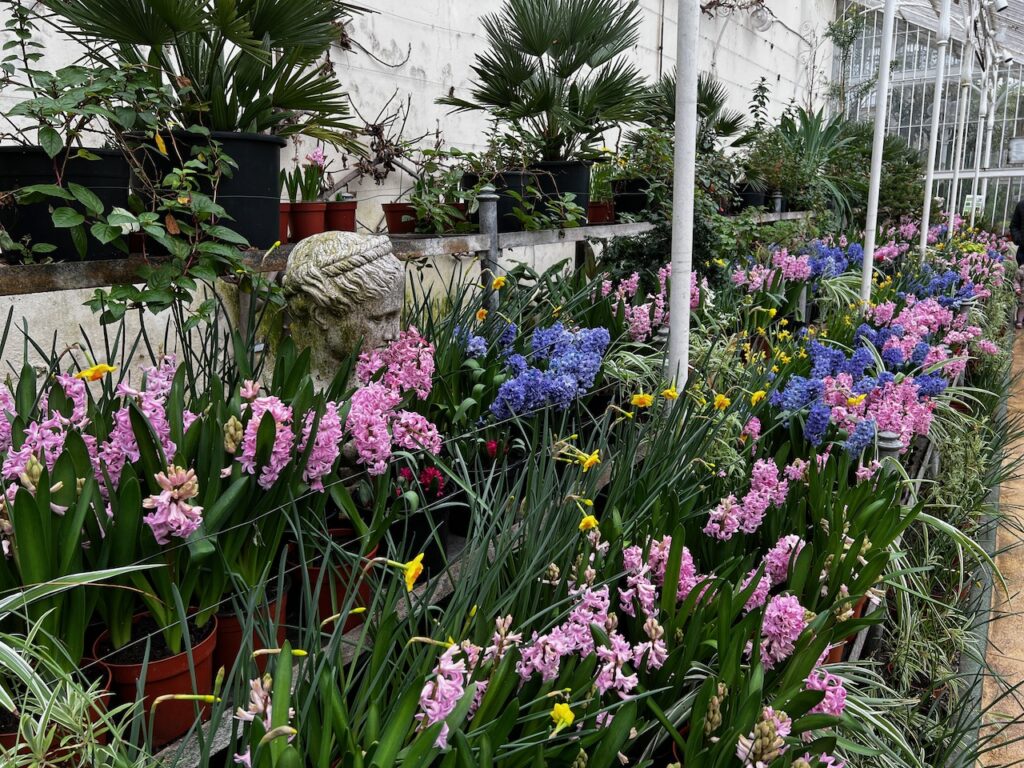
The Tropical Wing
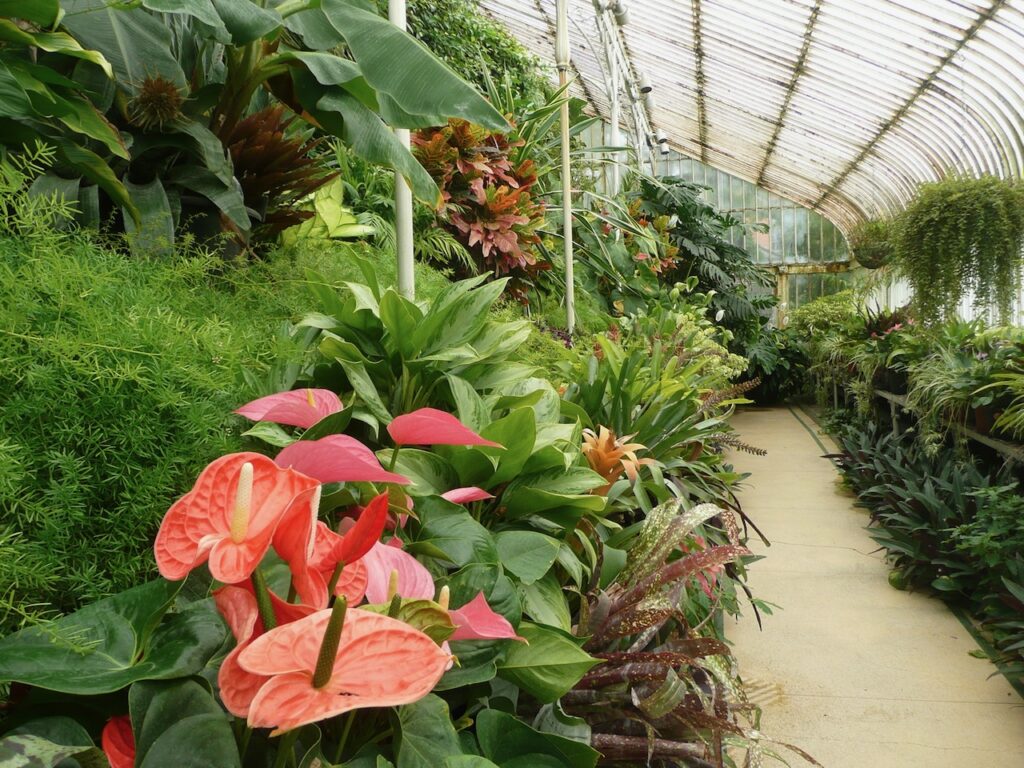
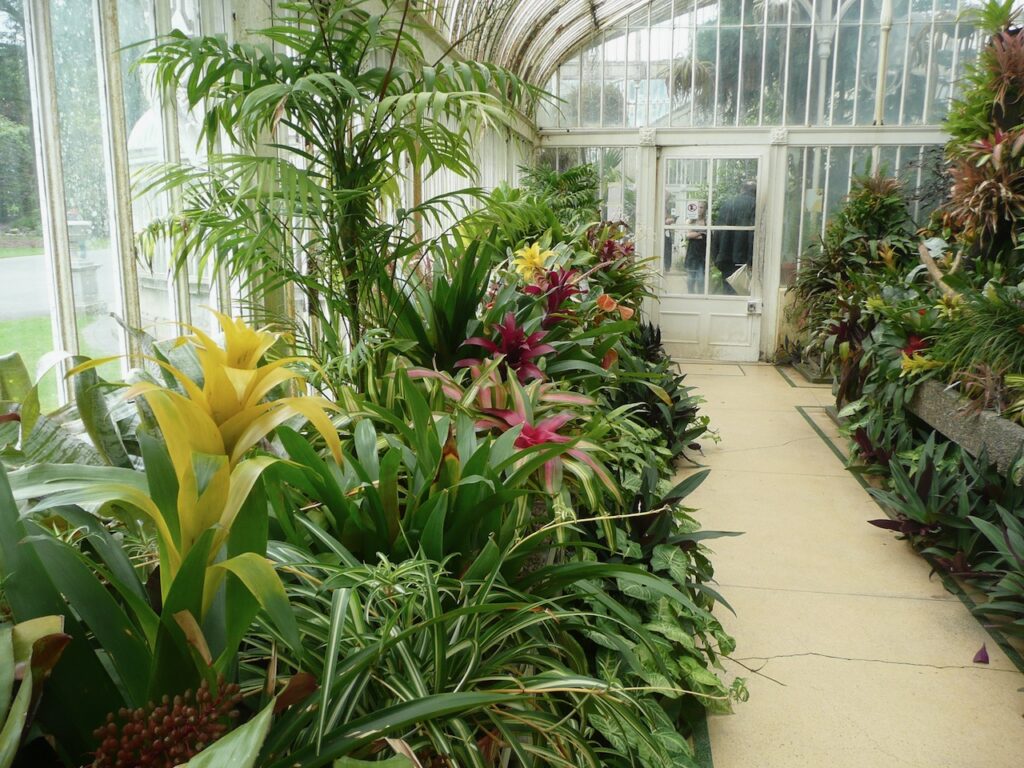
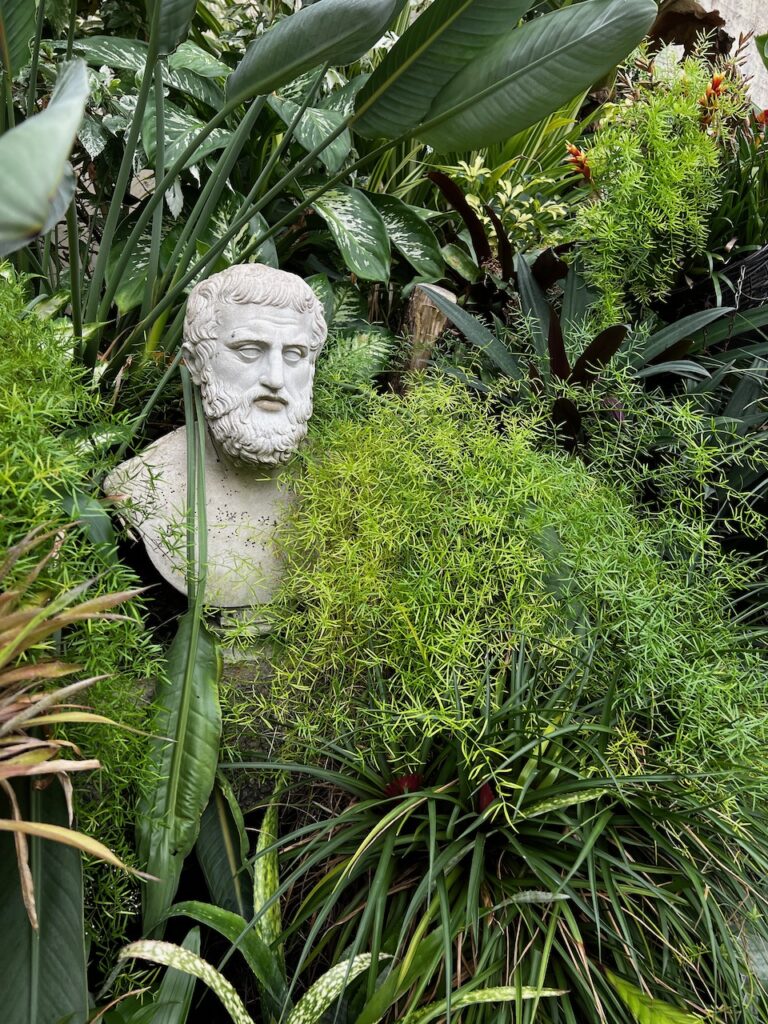
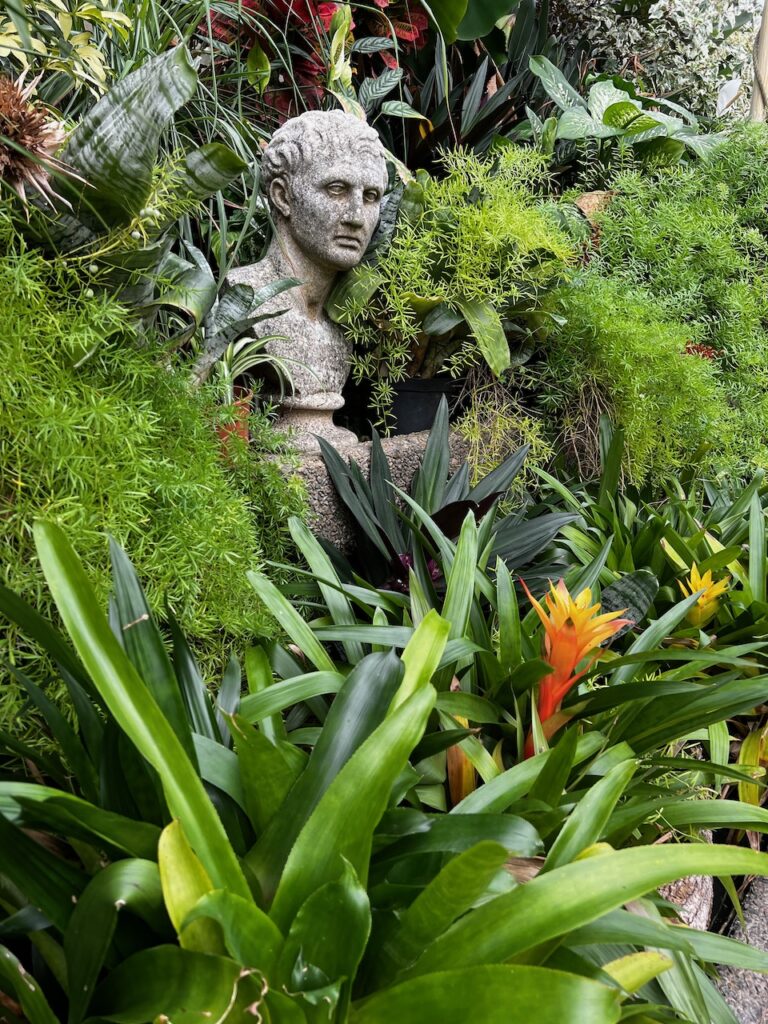
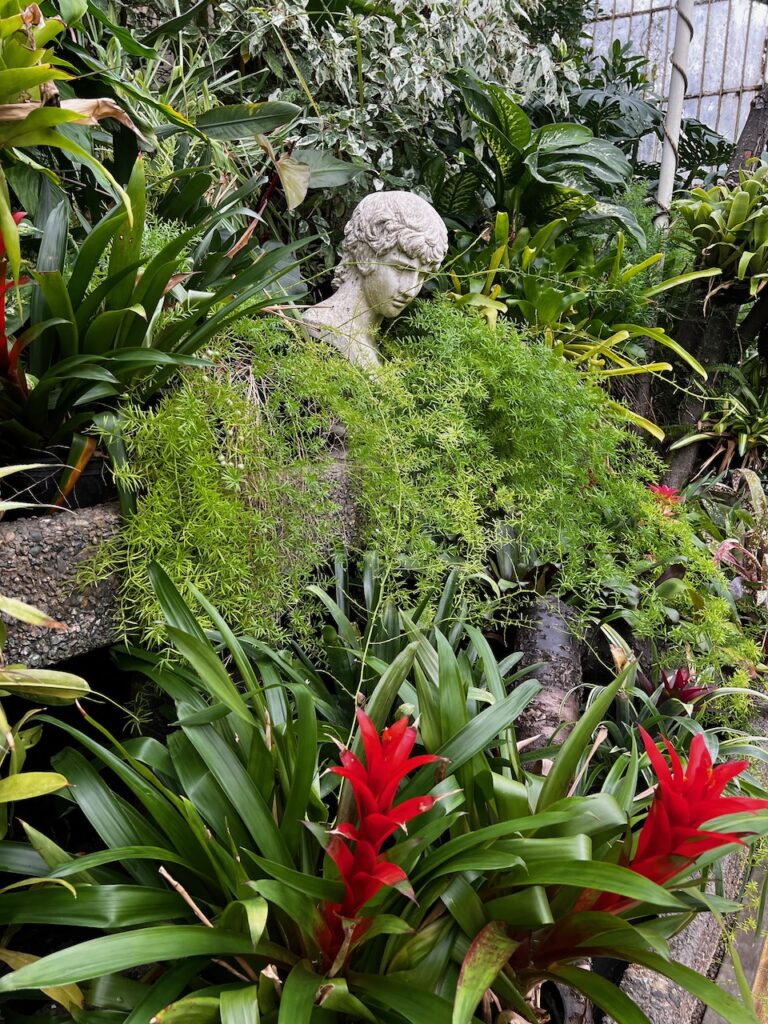
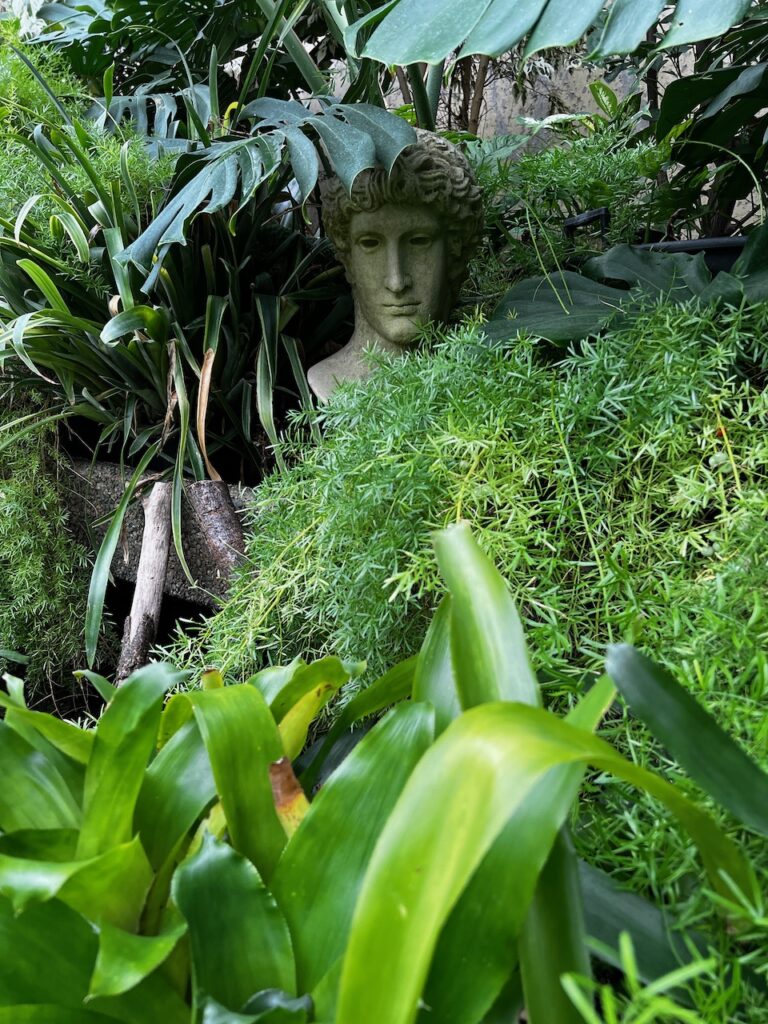
The Central Dome
This houses the tallest plant while the side benches display ferns, cacti and succulents.
